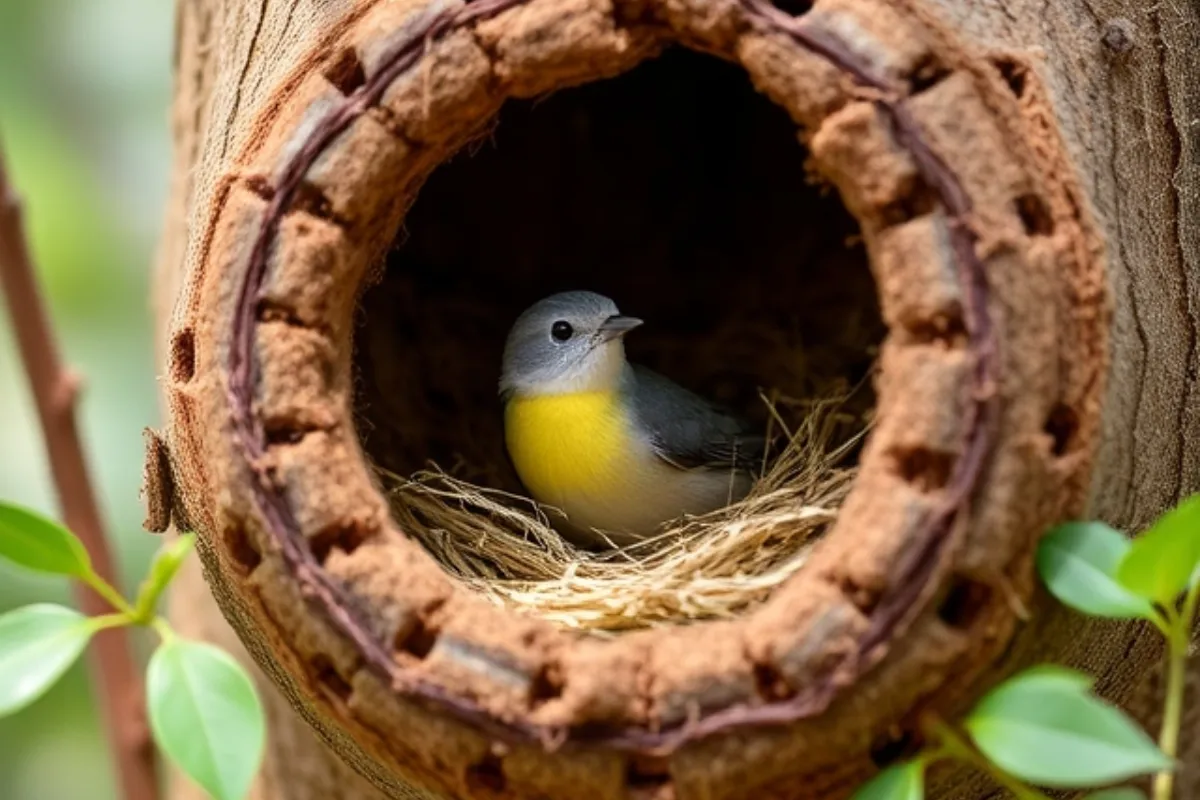If you’re passionate about birdwatching and want to encourage more birds to visit your garden, creating DIY bird nesting projects is a fantastic way to support your feathered friends. Using coconut coir—a sustainable, eco-friendly material—makes your bird nests both natural and long-lasting. In this guide, we’ll take you through a step-by-step process to create bird nesting projects using coconut coir. These projects are simple, rewarding, and offer a perfect way to help local birds build safe and comfortable homes.
Why Use Coconut Coir for Bird Nesting Projects?
Before we jump into the DIY steps, let’s discuss why coconut coir is the ideal material for your bird nesting projects. Coconut coir is a natural fiber derived from the husks of coconuts, making it biodegradable, durable, and eco-friendly. Birds love using coconut coir for their nests because it’s soft yet strong, providing both comfort and safety for their eggs and chicks. Plus, it’s resistant to rot and mold, ensuring the nest remains intact in different weather conditions.
DIY Coconut Coir Bird Nesting Project: Step-by-Step Guide
Follow these easy steps to create your own coconut coir bird nest, and you’ll soon see more birds flocking to your garden to build their homes.
Step 1: Gather Your Materials
Before you begin your project, make sure you have the following materials ready:
● Coconutcoir fibers (available at garden centers or online)
● Twigsandsmall branches for structure
● Grassclippings or straw for extra softness
● Birdhouse or open nesting station (optional)
● Scissors to cut the coir fibers into smaller pieces
You can also gather materials from your yard, such as leaves or small feathers, to give the birds more variety for building their nests.
Step 2: Prepare the Coconut Coir
Once you have all your materials, start by preparing the coconut coir. Cut the coir fibers into small pieces about 2-4 inches in length. This size makes it easier for birds to carry and weave the material into their nests.
Place the coconut coir in small piles around your garden or in specific nesting stations where birds can easily find it.
Step 3: Build a Simple Bird Nest Base
If you want to create a more structured nest, you can start with a simple base made of twigs and small branches. Lay out a circular foundation using the twigs, forming a loose shape that mimics a natural bird nest. You can adjust the size depending on the type of birds you hope to attract (smaller for finches or sparrows, larger for robins or wrens).
Step 4: Add Coconut Coir and Soft Materials
Next, line the base of the nest with coconut coir fibers. Gently press the fibers into the structure so they hold together but remain soft. After the coconut coir is in place, add other soft materials such as grass clippings, straw, or leaves to make the nest more comfortable.
Make sure not to pack the nest too tightly, as birds need to adjust and weave the materials as they build.
Step 5: Place the Nest in Your Garden
Now that your coconut coir bird nest is ready, it’s time to find the perfect spot to place it. Consider these factors when choosing a location:
● Sheltered areas: Birds prefer safe, quiet spaces, so place the nest in a tree or shrub
that offers protection from the wind and predators.
● Nearfoodandwater sources: Birds are more likely to use nests that are close to bird
feeders or water sources like birdbaths.
● Avoidbusyareas: Place the nest away from high-traffic areas of your yard to give birds
the peace they need.
You can either leave the nest open for birds to finish on their own or place it inside a birdhouse to encourage them to settle.
Alternative Coconut Coir Nesting Projects
Looking for more creative ideas? Here are a few alternative ways to use coconut coir for bird nesting projects:
1. DIY Coconut Coir Nesting Balls
Roll the coconut coir into small nesting balls and hang them around your garden. Birds can easily pick fibers from the ball to use in their nests. You can add twigs, feathers, or wool to give them a variety of nesting materials.
2. Coconut Coir Birdhouse Lining
Line the inside of birdhouses with coconut coir to make them more appealing. This soft lining provides warmth and comfort for birds looking to settle in a new home.
Benefits of Using Coconut Coir for Bird Nests
By using coconut coir in your DIY bird nesting projects, you’re not only helping local birds but also supporting sustainable practices. Here are some key benefits:
● Eco-friendly: Coconut coir is a natural by-product and fully biodegradable.
● Mold-resistant: The fibers resist mold and decay, ensuring the nest lasts throughout the
season.
● Comfortable: Birds will appreciate the softness and insulation provided by coconut coir
fibers.
A Simple Way to Support Wild Birds
Creating your own bird nests using coconut coir is an easy and rewarding project that supports both wildlife and sustainability. Whether you’re building a structured nest or simply providing nesting materials for birds to gather, using coconut coir will encourage more birds to visit your garden and build their homes.
Ready to help wild birds thrive? Start your DIY bird nesting project today and enjoy watching new families of birds flourish in your outdoor space!


Leave a Comment
Your email address will not be published. Required fields are marked *
You must be logged in to post a comment.